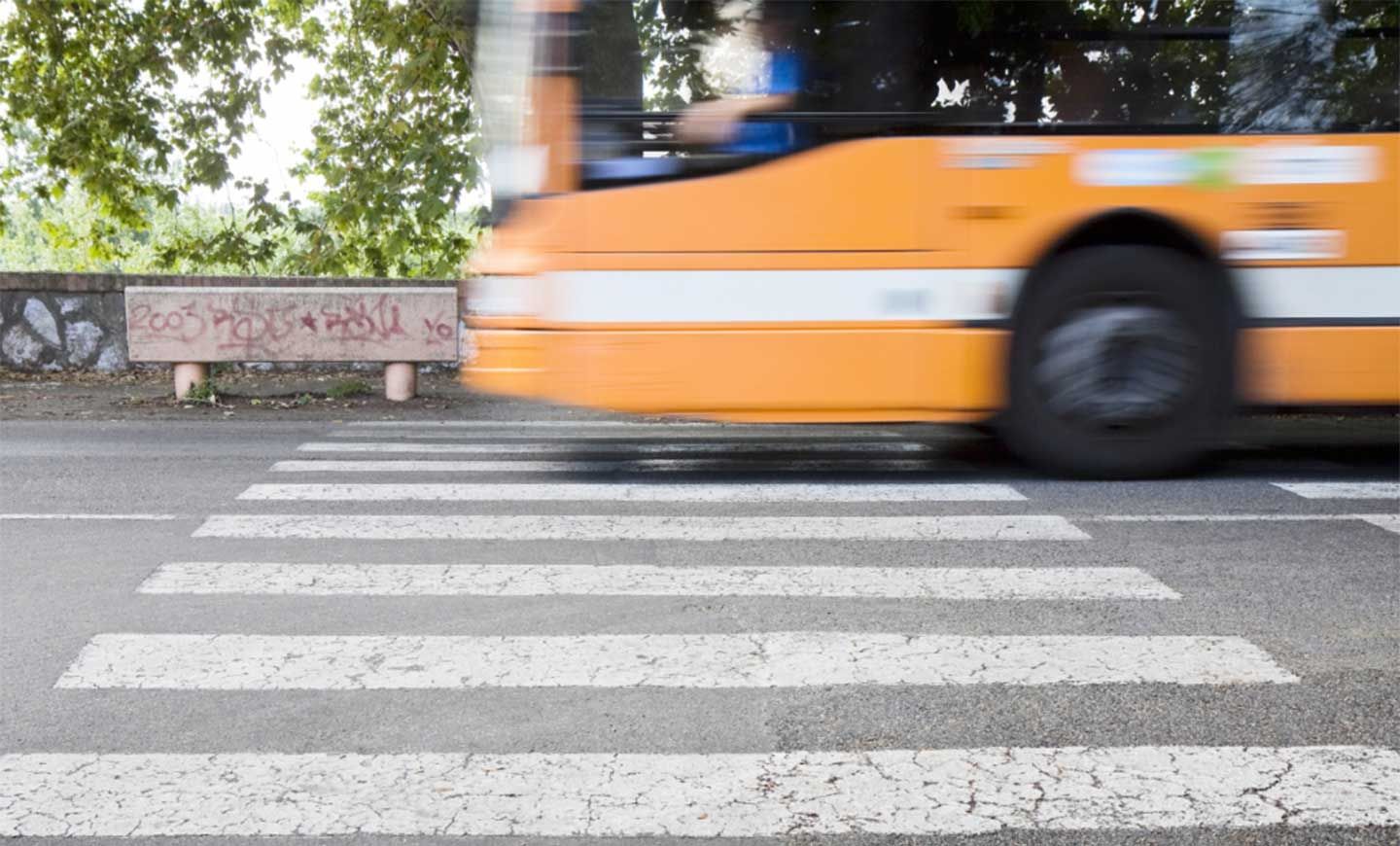Accidents involving pedestrians and buses may occur due to a combination of factors, such as limited visibility for bus drivers, pedestrian negligence or distraction, and challenges associated with large vehicle maneuverability.
Typical scenarios include pedestrians crossing streets outside designated areas, bus drivers having blind spots, and failure to yield right of way. Mitigating these risks requires enhanced awareness, improved infrastructure, and adherence to traffic regulations by both pedestrians and bus operators.
Causes of Pedestrian Accidents Involving City Transportation Buses
Pedestrian accidents involving city transportation buses can result from a variety of factors, and understanding these causes is crucial for developing effective safety measures. Here are some common causes of pedestrian accidents involving city buses:
Distracted driving/inattention: Inattention to the road can lead to accidents, especially in areas with heavy pedestrian traffic.
Driver fatigue: Long hours of driving without sufficient rest can impair a driver’s judgment, attention, and reaction time.
Equipment malfunction or maintenance issues: Mechanical failures or inadequate maintenance of the bus’s braking system, lights, or other critical components can lead to accidents.
Safety inspections: Regular and thorough inspections are vital for catching defects and hazards and preventing accidents.
Blind spots: Large buses have significant blind spots that can make it difficult for drivers to see pedestrians, especially when turning or changing lanes. Pedestrians might be in these blind spots, leading to accidents.
City buses pose unique dangers due to their size, frequent stops, and the nature of urban environments. Pedestrians, cyclists, and smaller vehicles may be less visible to bus drivers, leading to potential accidents. Boarding and alighting zones can also be risky, especially in areas with heavy traffic or inadequate pedestrian infrastructure.
Special Considerations for School-Bus-Related Pedestrian Accidents
School buses play a critical role in transporting students to and from school safely. However, there are specific risks to pedestrians associated with school buses. Here are some factors that contribute to these risks:
Crossing in front of the bus: Pedestrians, including students, may cross in front of a school bus when it is stopped to pick up or drop off passengers, especially if pedestrians fail to follow proper safety procedures.
Visibility issues: Pedestrians, especially young children, may not always be visible to the bus driver, particularly when they are close to the front or rear of the bus.
Failure to stop for school buses: Motorists who fail to stop for school buses when they are picking up or dropping off students pose a direct risk to pedestrians.
Rush hours and school zones: The times when school buses are active coincide with heavy rush hour traffic and can increase the risk of accidents involving students walking to and from school.
Inadequate supervision: Younger students may lack the maturity and experience to navigate traffic safely. Inadequate supervision by parents or crossing guards can contribute to unsafe pedestrian behavior around school buses.
What Safety Measures Protect Pedestrians?
For pedestrians to safely get around with buses on the road, various safety measures and guidelines are typically implemented, including:
Designated bus stops: Establishing clearly marked and safe bus stops can help organize pedestrian traffic and reduce risks associated with loading and unloading zones.
Crossing guards: Deploying crossing guards at busy intersections or near school bus stops can enhance pedestrian safety, particularly for younger students.
Enforcement of traffic laws: Strict enforcement of traffic laws, such as penalties for motorists who fail to stop for buses, can help create a safer pedestrian environment.
Reflective gear and signage: Encouraging the use of reflective gear for students and incorporating signage around school bus stops can improve visibility, especially during low-light conditions.
Legal Implications and Liability
Pursuing a bus accident injury claim involves navigating complicated legal terrain. Your Phoenix personal injury lawyer will investigate the accident to establish who is liable for your injuries, which may include the bus company, the government, or the bus driver.
Your attorney can gather evidence and consult with experts to build a strong case on your behalf. By assessing the total amount of your damages, they can demonstrate your need for compensation and fight for a fair offer. Your attorney can negotiate with insurance companies, represent you in court if necessary, and provide legal advice throughout the process.
Talk to the Best Bus Accident Lawyers
If you were a pedestrian who was injured by a bus, you are probably dealing with serious injuries and mounting medical bills. At The Husband & Wife Law Team, we don’t think that’s fair. We believe that whoever is responsible for your injuries and suffering should have to pay. Our bus accident attorneys will work tirelessly to hold the at-fault party accountable and get justice for what you’ve endured.
Call us today for a free consultation. We’re here to help.


